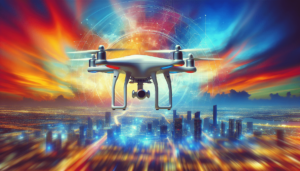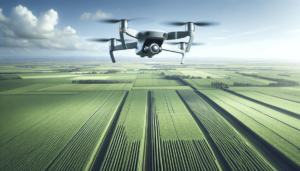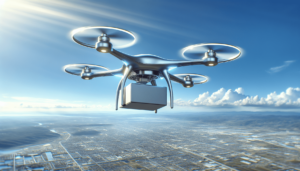Have you ever wondered about the environmental impact of delivery drones? As the horizons of technology expand and the hum of propellers grows more frequent in the skies above, it’s imperative to evaluate whether these mechanical couriers are a boon or bane to the planet.
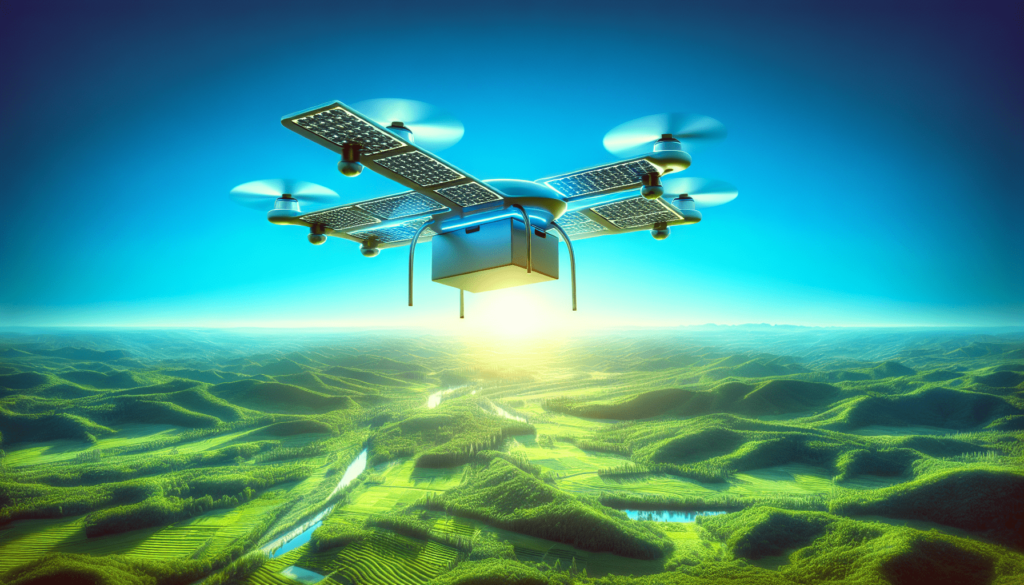
Understanding Delivery Drones
Before delving into their ecological footprints, it’s necessary to grasp what delivery drones truly are. Functioning as unmanned aerial vehicles (UAVs), delivery drones are engineered to transport packages. They have become the darlings of logistics companies, promising faster, more efficient delivery systems. However, like any technological innovation, they bring with them a suite of concerns, chief among them being their environmental impact.
The rise of delivery drones signifies more than a technological leap; it embodies a cultural shift towards immediacy and efficiency. But what are the silent repercussions of this shift on our ecological landscape?
The Environmental Pros of Delivery Drones
Reduced Road Traffic and Emissions
One of the primary environmental benefits touted by drone delivery proponents is the potential reduction in road traffic. By bypassing terrestrial routes, drones can theoretically decrease the number of delivery vehicles on the road. Fewer vehicles equate to lower emissions, as traditional delivery trucks typically guzzle fossil fuels, contributing to carbon emissions.
Take, for instance, the comparison in the table below:
| Delivery Method | Average CO2 Emissions per Mile | Energy Source |
|---|---|---|
| Delivery Truck | 500 grams | Diesel/Gasoline |
| Delivery Drone | 100 grams | Electricity (Battery) |
This reduction in carbon footprint could be significant, especially in urban areas where delivery trucks are a common sight, idling in traffic and belting out carbon-rich exhaust.
Energy Efficiency
Not all delivery drones are created equal, and their designs maximize flight efficiency. Many UAVs are engineered with energy consumption in mind, utilizing lightweight materials and aerodynamic designs to minimize the energy required for propulsion. While the emissions depend largely on the source of the electricity used to charge the drones, the shift towards renewable energy paints a hopeful picture for drone efficiency.
Minimal Land Disturbance
Unlike traditional delivery infrastructure that demands sprawling warehouses and extensive road networks, drones require minimal land space for their operations. Small landing pads and localized distribution centers could suffice, reducing the land-use demands common in traditional delivery ecosystems.
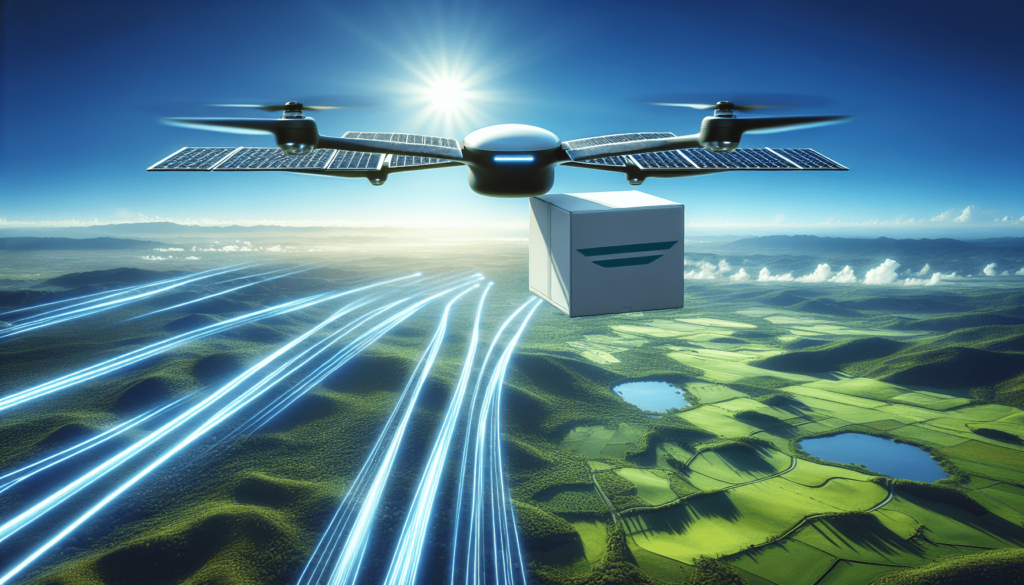
The Environmental Cons of Delivery Drones
Energy Demand and Battery Use
While drones may promise decreased carbon dioxide emissions, they do create a burgeoning demand for electricity. The vast majority of commercial drones rely on lithium-ion batteries, whose production and disposal pose environmental challenges. Mining for lithium and other rare minerals can disrupt ecosystems and generate significant water and land pollution.
Noise Pollution
An oft-ignored element of environmental impact is noise pollution. Drones, despite their diminutive size, can generate significant noise, particularly when deployed en masse. This auditory intrusion can disrupt both human and wildlife habitats, leading to potential ecological disharmony.
Airspace Congestion
As the skies grow busier with UAVs, there arises the possibility of congestion. Increased drone traffic could impact local wildlife, particularly avian species, altering migratory and behavioral patterns. The ripple effects on ecosystems could be substantial, underscoring the need for careful consideration in drone deployment planning.
Comparing Delivery Methods: Drone vs. Traditional
To truly ascertain the eco-friendliness of delivery drones, it’s essential to compare them directly against traditional delivery methods.
| Environmental Aspect | Delivery Drones | Traditional Delivery |
|---|---|---|
| CO2 Emissions | Lower in short-range deliveries | Higher, due to diesel and gasoline |
| Noise Pollution | Moderate | Low, mainly vehicular noise |
| Land Use Impact | Minimal landing pads, negligible sprawl | Extensive infrastructure required |
| Air Quality | Depends on electricity source | Considerable emissions |
The Role of Regulations and Policies
Regulatory Landscape
The budding drone delivery industry doesn’t operate in a vacuum. Governments worldwide are in a perpetual tug-of-war between fostering innovation and keeping a tight rein on environmental standards. The patchwork of regulations can dictate everything from flight paths to the permissible noise levels of the drones.
In this context, policy decisions can either bolster the environmental credentials of drone delivery or exacerbate its ecological downsides. Governments play a pivotal role by stipulating regulations that encourage the use of eco-friendly battery technologies and mandate adherence to noise pollution norms.
Importance of Sustainable Practices
It’s not just about the drones themselves but the ecosystem that supports and sustains them. For delivery drones to genuinely contribute to a greener future, logistics companies must commit to sustainable practices. This includes embracing renewable energy sources for charging stations, investing in battery recycling programs, and prioritizing supply chain sustainability.
The Path Forward: Innovations and Trends
The field of delivery drones is burgeoning with innovations that promise to enhance their environmental sustainability.
Renewable Energy Integration
Leveraging solar power and wind energy to charge drone fleets could significantly reduce their carbon footprint. Advances in these renewable technologies can offer cleaner, more sustainable electricity sources for these battery-dependent vehicles.
Biodegradable Materials
Research is afoot in developing drones constructed from biodegradable materials. Such innovations could diminish waste and lessen the environmental impact inherent in manufacturing and disposing of drones.
Battery Technology Advances
Innovations in battery technology, including the development of solid-state batteries, hold immense promise. These batteries can offer higher energy densities, longer life cycles, and pose fewer environmental threats than their lithium-ion counterparts.
Conclusion: Weighing the Environmental Impact
The narrative around delivery drones is not without its twists and turns, and their environmental impact remains multifaceted. While harboring the potential to lessen road traffic and emissions, they simultaneously pose challenges in terms of energy demand, noise pollution, and airspace congestion.
The question remains whether delivery drones are a sustainable solution to modern logistics or a Faustian bargain on the wings of technology. A balanced approach—factoring in advancements in battery technology, renewable energy sourcing, and proactive regulations—can tilt the scales towards a more eco-friendly future.
As we gaze towards the horizon, the intertwined destinies of technology and ecology beckon our consideration. Choosing to steer innovations like delivery drones towards environmental responsibility isn’t just a decision for today—it’s an investment in the future footprint we leave on our planet.
